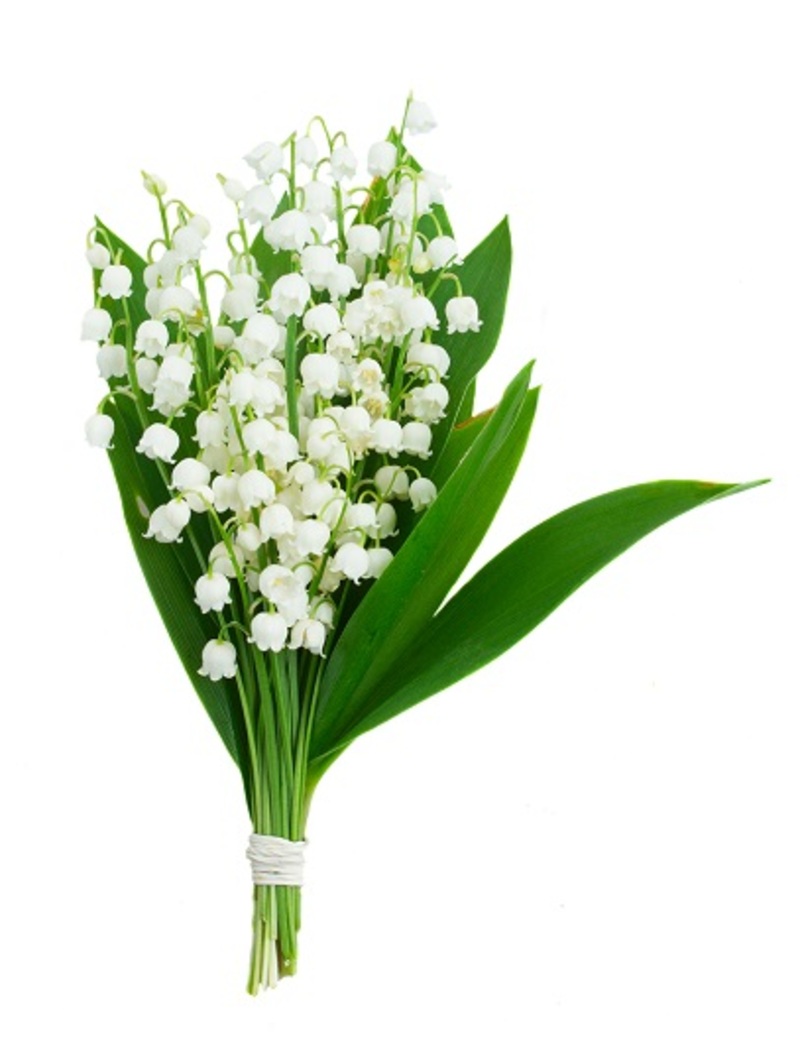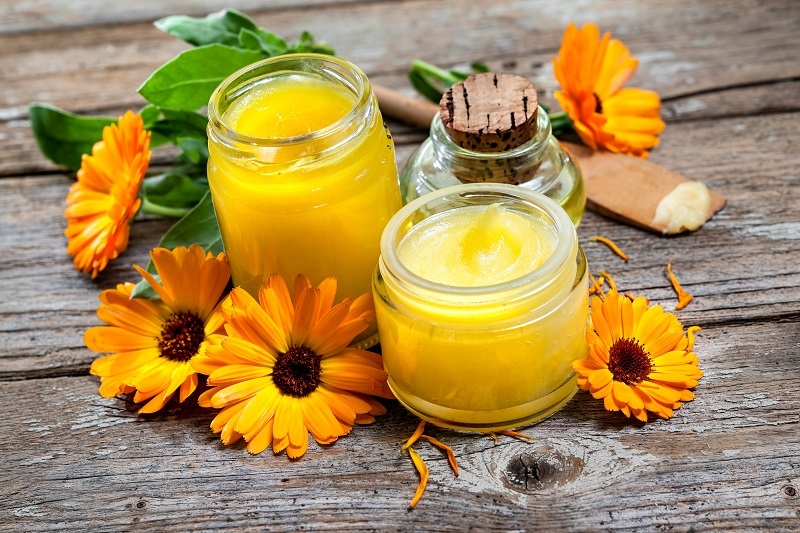From petals to bulbs: 7 unusual tulip facts
Posted on 07/09/2025
From Petals to Bulbs: 7 Unusual Tulip Facts
Tulips are considered one of the world's most graceful ornamental flowers, beloved for their vivid hues and elegant shapes. However, there's much more to these iconic blooms than meets the eye. In this article, we'll explore seven surprising tulip facts that will change the way you see these enchanting flowers. Dive into their fascinating journey from fragile petals to robust bulbs and uncover secrets hidden in gardens for centuries.
The Unexpected Origins of Tulips
Many people associate tulips with the Netherlands, thanks to the famed Dutch tulip fields and springtime festivals, but the real origins of tulips are much further east. Wild tulips were first cultivated in the harsh mountainous regions of Central Asia. From there, the tulip's journey took them through the Ottoman Empire, where they became symbols of paradise and perfection. The Sultan's court was so enamored with these flowers that tulip motifs were commonplace in architecture and design.
Quick Fact: The word "tulip" derives from the Turkish word "tulbend," meaning turban, due to the flower's resemblance to the folded fabric hats worn by the Ottoman elite.

Tulip Mania: The World's First Economic Bubble
Did you know that tulip bulbs once became so valuable that people traded them for houses and land? In the 17th century, the Netherlands caught "Tulip Mania," a period when speculative trading drove tulip bulb prices to astronomical heights. Single bulbs fetched more than a year's salary for a skilled craftsman!
- The craze peaked around 1637, when prices collapsed, leaving many investors ruined.
- Tulip Mania remains an enduring lesson in the risks of speculative bubbles and market psychology.
Interesting Note: Some tulip varieties involved in the mania like the Semper Augustus were prized for their unusual striped petals, caused by a harmless virus.
The Secret Language of Tulip Colors
Tulips aren't just beautiful; they're messengers with their own form of communication. Each tulip color carries a unique meaning, making them the perfect flower for conveying feelings without speaking a word.
Common Tulip Color Symbolisms:
- Red Tulips: True love and passion
- Yellow Tulips: Cheerfulness and friendship
- White Tulips: Apology, forgiveness, and purity
- Purple Tulips: Royalty and admiration
- Black Tulips: Mystery and power (Note: True black tulips do not exist; these are very deep maroons or purples)
Did you know? In the Victorian era, giving certain colored tulips could be as loaded as sending a secret message.
Tulips Are Edible and Have Been Used as Food
While you might not think of tulips as a snack, during times of hardship, these blooms have provided vital nourishment. During World War II, especially in the Netherlands during the Hunger Winter of 1944-45, people resorted to eating tulip bulbs to survive when other food sources ran out.
- Tulip petals and bulbs can be eaten, but caution is advised--some parts are bitter, and not all varieties are safe.
- Chefs today occasionally use tulip petals as a garnish for salads and desserts, adding an exotic touch to gourmet dishes.
Pro Tip: Never eat bulbs from commercial tulips unless you are sure they are grown organically and free from harmful pesticides or chemicals.
The Incredible Diversity of Tulip Varieties
There are around 3,000 registered tulip varieties, each with its own distinctive shape, color, and blooming period. These range from classic cup-shaped blooms to those with fringed, ruffled, or even double-layered petals that resemble peonies.
Unusual Types of Tulips:
- Parrot Tulips: Known for their flamboyant, feathery petals and vibrant color splashes.
- Fringed Tulips: Feature petals with delicate, lacy edging.
- Viridiflora Tulips: Characterized by streaks of green in their petals.
- Rembrandt Tulips: Famous for their dramatic color streaks--a result of a natural virus.
With so many forms, tulips offer endless possibilities for garden design and floral arrangements.
The Science Behind Tulip Movements
Tulip flowers are dynamic, not static. Unlike most flowers that remain rigid after cutting, "fresh" tulips continue to grow and move--even in a vase. They respond to sunlight and environmental conditions, often bending towards light and opening up more as the day progresses.
- Tulip stems can lengthen up to 2 inches after being cut and placed in water.
- They open during the day and close at night, a phenomenon called nyctinasty.
- To keep cut tulips upright, place them in cold water and rotate the vase to balance light exposure.
Fact: This continued growth makes arranging bouquets with fresh tulips a delightful, living art form!
Tulip Bulbs: Both a Flower and a Fortune
Beyond their beauty, tulip bulbs are biological marvels. Each bulb is a self-contained package, complete with the miniature flower, leaves, and roots--all waiting for the right conditions to emerge in spring.
How Tulip Bulbs Multiply:
- Tulips reproduce asexually through offsets--small bulbs that form around the base of the parent bulb.
- This allows a single bulb to eventually produce clumps of flowering tulips in your garden.
- The largest and healthiest bulbs yield the most spectacular blooms, while tiny offsets take years to reach flowering size.
Did you know? Tulip bulbs were so precious in the 17th century that they sometimes served as currency for land, livestock, and even mansions.
Bonus: Sustainability and Modern Tulip Cultivation
Modern growers are embracing sustainability by using eco-friendly practices to ensure that future generations can enjoy these remarkable blooms. Here's how:
- Reducing chemical pesticides and adopting organic fertilizers.
- Using crop rotation to maintain healthy soil for tulip cultivation.
- Breeding resistant varieties for lower environmental impact.
Most of the world's commercial tulip production comes from the Netherlands, but growers in Canada, the United States, and Turkey play significant roles too. The Keukenhof Gardens in Holland is especially famous for showcasing tulip wonders every spring.

Frequently Asked Questions About Tulips
Are all tulip parts safe to eat?
Not all tulip parts or varieties are edible. While petals of some tulips are used safely as garnishes, bulbs from commercial sources may be treated with chemicals. Always research and consult a botanical expert if you intend to consume any part of the tulip plant.
How long do tulips bloom?
Tulip flowers typically bloom for 1-2 weeks in the garden, although the overall tulip season can last several months thanks to various early, mid, and late-blooming varieties.
How should I care for tulip bulbs after flowering?
Let the leaves die back naturally to allow the bulb to recharge. Once foliage turns yellow, bulbs can be dug up, dried, and stored for the next planting season.
Conclusion: The Remarkable World of Tulips
Tulips are more than just garden adornments. Their history is woven with romance, economics, survival, and science. From their hidden Central Asian origins to their dazzling displays each spring, tulips continue to enchant and inspire plant lovers worldwide. The next time you admire a tulip's perfect petal or plant a bulb for future beauty, remember these strange and wonderful tulip facts--you're embracing a legacy that's centuries old, filled with color, mythology, and botanical magic.
Ready to add a dash of wonder to your garden? Consider planting a mix of rare tulip bulbs and enjoy the spectacle for years to come!
- Explore more tulip trivia, growing tips, and tulip care guides on our site.
- Share your favorite unusual tulip fact in the comments below!
Latest Posts
From petals to bulbs: 7 unusual tulip facts
Keep the Cheer with Longer-Living Poinsettias
Delve Into the Flower World That Matches You






